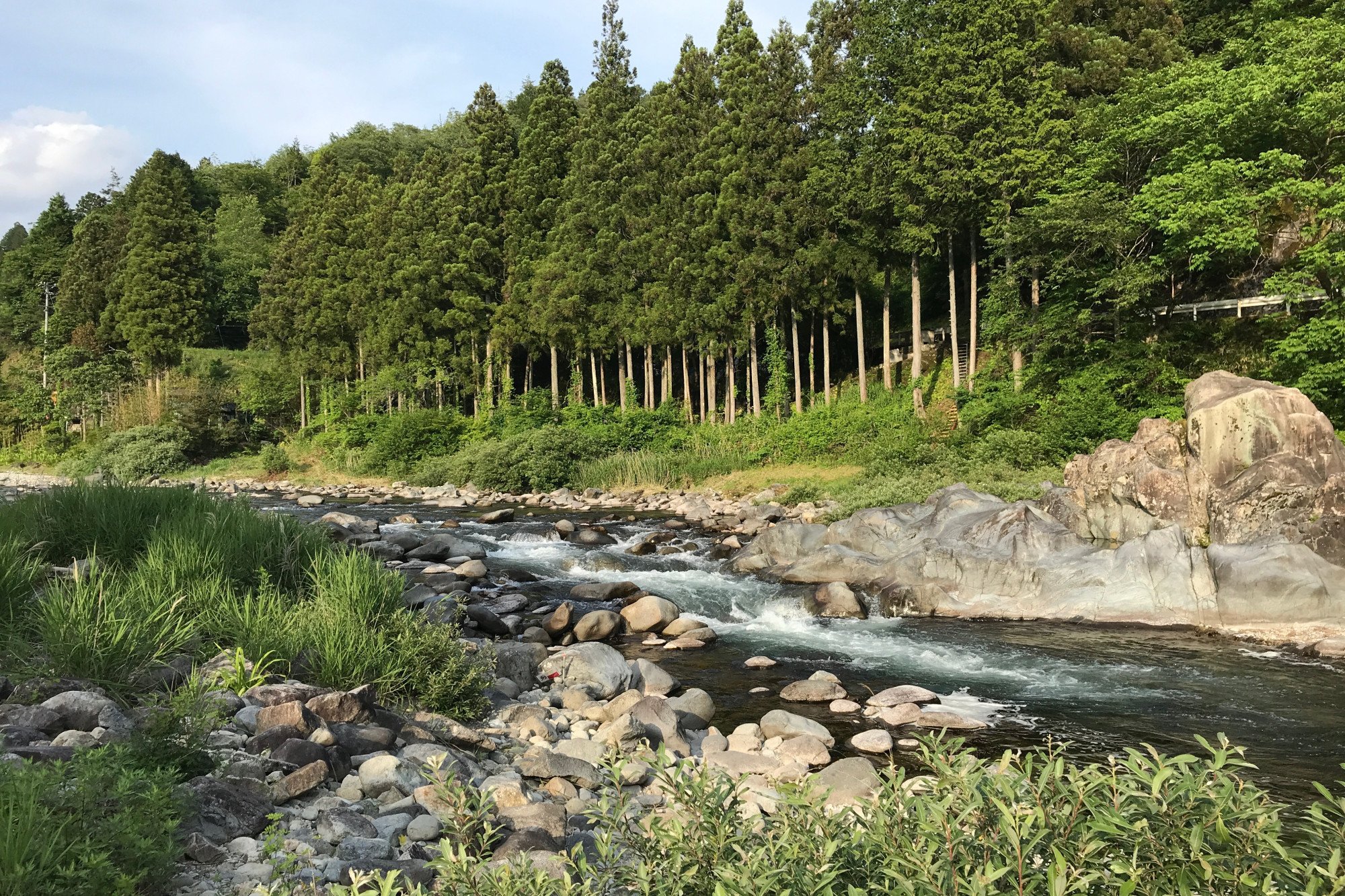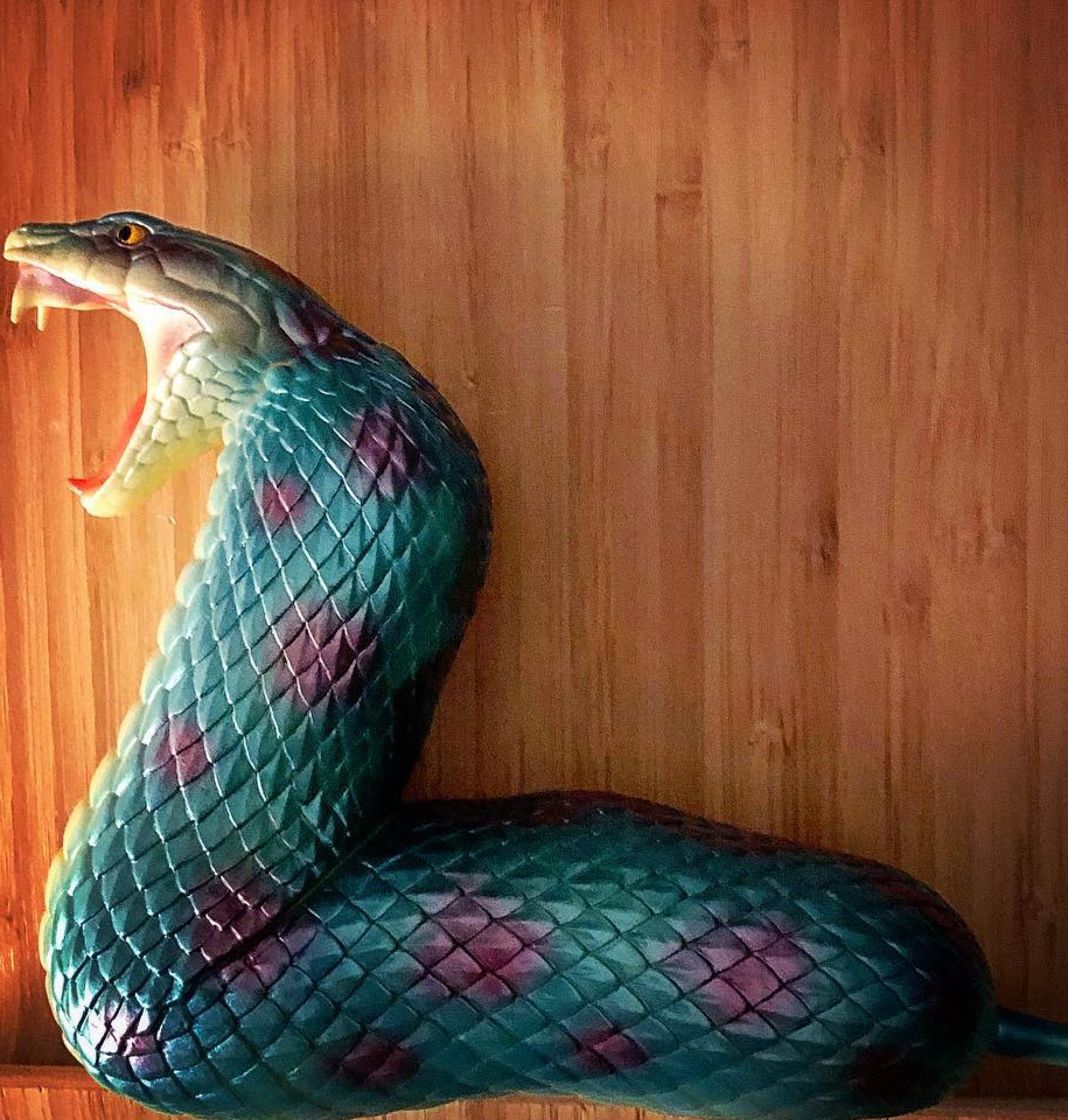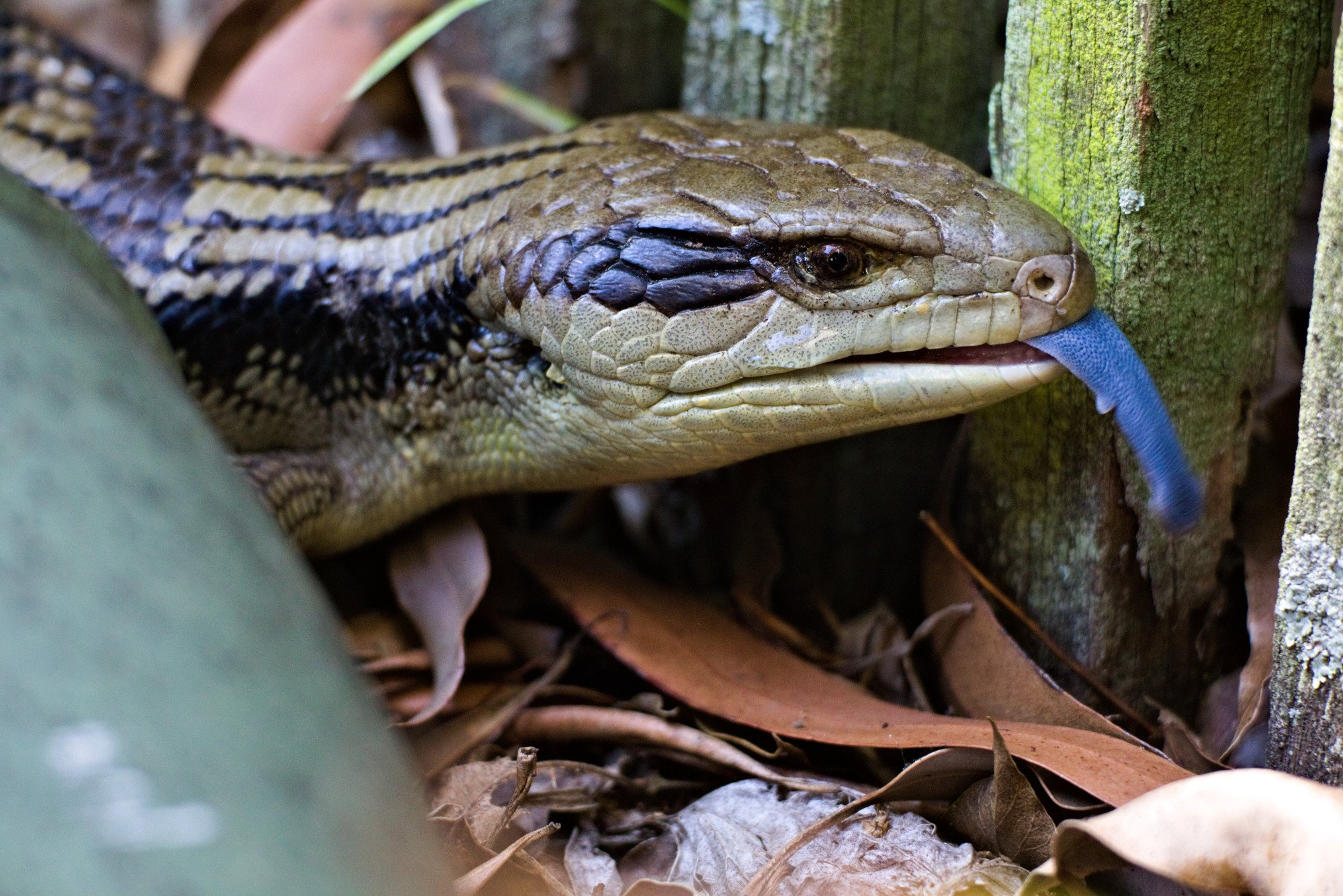Today, the village – in a lush, mountainous part of central Japan – is known for its annual May 3 hunt, for which paying crowds have gathered since 1989 in hopes of bagging one of the mythical creatures and an as-yet-unclaimed 1.32 million yen (US$8,500) prize.

Tsuchinokos (meaning “child of hammer” or “dirt child”) are said to have beer-bottle-shaped bodies measuring 30cm to 80cm (12in to 31in), a triangular head, and a short, stubby tail. They are reportedly able to jump, and move forwards and backwards like an inchworm, rather than slithering like a snake. Records of the creature go back centuries.
Imai, who wears a tsuchinoko T-shirt during an interview at a cafe near his studio in Kawasaki, in Kanagawa prefecture, describes how the idea for the film came about through a story from a local that surfaced in an interview for an unrelated project in Higashishirakawa.
“We were on a break from filming when the man pointed to the field outside the house. He said that 30 to 40 years ago it had been lots of smaller fields separated by stone banks, but that they were torn down to allow access for farming machinery,” Imai, 44, says.
“He said the tsuchinoko that lived in those banks had all moved elsewhere, and that might explain the explosion in sightings 30 years ago. He really meant it.
“As someone who doesn’t believe in them, it shocked me that he spoke like their existence was a given. I thought then that if I interviewed people in my hometown who truly believe, I might see some change in myself, too.”

The film, The Hunt for Tsuchinoko (Little Mallet), took nine years to produce, with filming at 40 locations in 10 prefectures and 60 subjects interviewed.
Its 71-minute runtime includes interviews with people in rural communities giving eyewitness accounts, folklore specialists, local politicians, reptile and snake experts, and an imposing animatronic of the creature itself.
What emerges through their accounts is a narrative of a changing country, where automation, economic necessity and a falling birth rate have seen more people lead lives away from their small home communities, with Japan’s nature encroaching in their place.
The tsuchinoko is an entity that lets us … go back to the way we thought about the future as children
In the late 1980s, at the height of Japan’s inflated asset-price bubble, a new craze for the creatures saw many municipalities establish hunts offering big money prizes to anyone able to catch one.
Though the boom has long since fizzled, some communities still hold on to the tsuchinoko as a way of promoting their local areas at a time when tourism income can help support dying local economies.
“For somewhere like Higashishirakawa, their tsuchinoko festival gets media coverage even without them asking anyone to show up,” Imai says.
Despite the modern-day levity, belief in the creatures can be a serious business for some rural folk who fear the tsuchinoko as messengers of the gods.
Among the stories relayed are of people who believe misfortune befell their families as a result of encounters with the creatures, including one man who said the sudden death of his great grandmother’s older brother was attributable to an incident a year earlier, when he accidentally caught a tsuchinoko in a trap.

The film’s production even inspired some to get in touch with the director to warn him off the project for fear of the creature’s retribution.
Imai treads a fine line to keep the material light, while avoiding the temptation to question the subjects’ credulity. Interviewees speak with conviction, some for the first time, about their recollections of strange sightings they believe were tsuchinoko.
“The topic has been taken up by the media and TV shows from funny, occult angles many times,” Imai says. “But they don’t engage with those stories about people who say they’ve seen one.”
One of the challenges of making the documentary, Imai says, was how to interview people about stories of encountering the tsuchinoko in a way that respected their accounts without inadvertently encouraging them to exaggerate for the camera.
“We didn’t do anything like asking people to recreate where they saw one,” he says, adding that the interviews were depicted as long conversations where the stories would eventually emerge naturally.
“That was a lot of fun, and it’s partly why the film ended up taking nine years,” he says, laughing.

The film is not entirely focused on believers, though, with sceptics interviewed as well, including reptile and snake experts who offer their takes on what animals people may actually be seeing when they believe they have spotted a tsuchinoko.
Candidates include venomous native species such as the mamushi viper and the tiger keelback, with footage of the latter showing it bloating into a bottle-esque shape as it consumes a toad.
Also proffered is the non-native blue-tongued skink, a short and wide lizard that one expert notes first started being imported to Japan in the 1970s.
But even on this point views diverge, and no definitive tsuchinoko-moonlighter is identified.

The experience of making the film ultimately did change Imai’s perspective, he says, but not in a way that will please anyone hoping for a windfall at the next tsuchinoko hunt.
“I don’t believe in it as a way to get prize money … But what I do believe is it is something that connects people with the natural world,” he says, pointing to the creature’s value as a symbol for the mystery of nature.
“The tsuchinoko is an entity that lets us reflect again on what’s around us and the richness of being alive now, to go back to the way we thought about the future as children,” he says.
The Hunt for Tsuchinoko (Little Mallet) is showing for at least two weeks from May 18 at the Pole Pole Higashinakano cinema. It is set to tour the country, with showings in Osaka and Nagoya in the pipeline. A version with English subtitles is also being produced.

